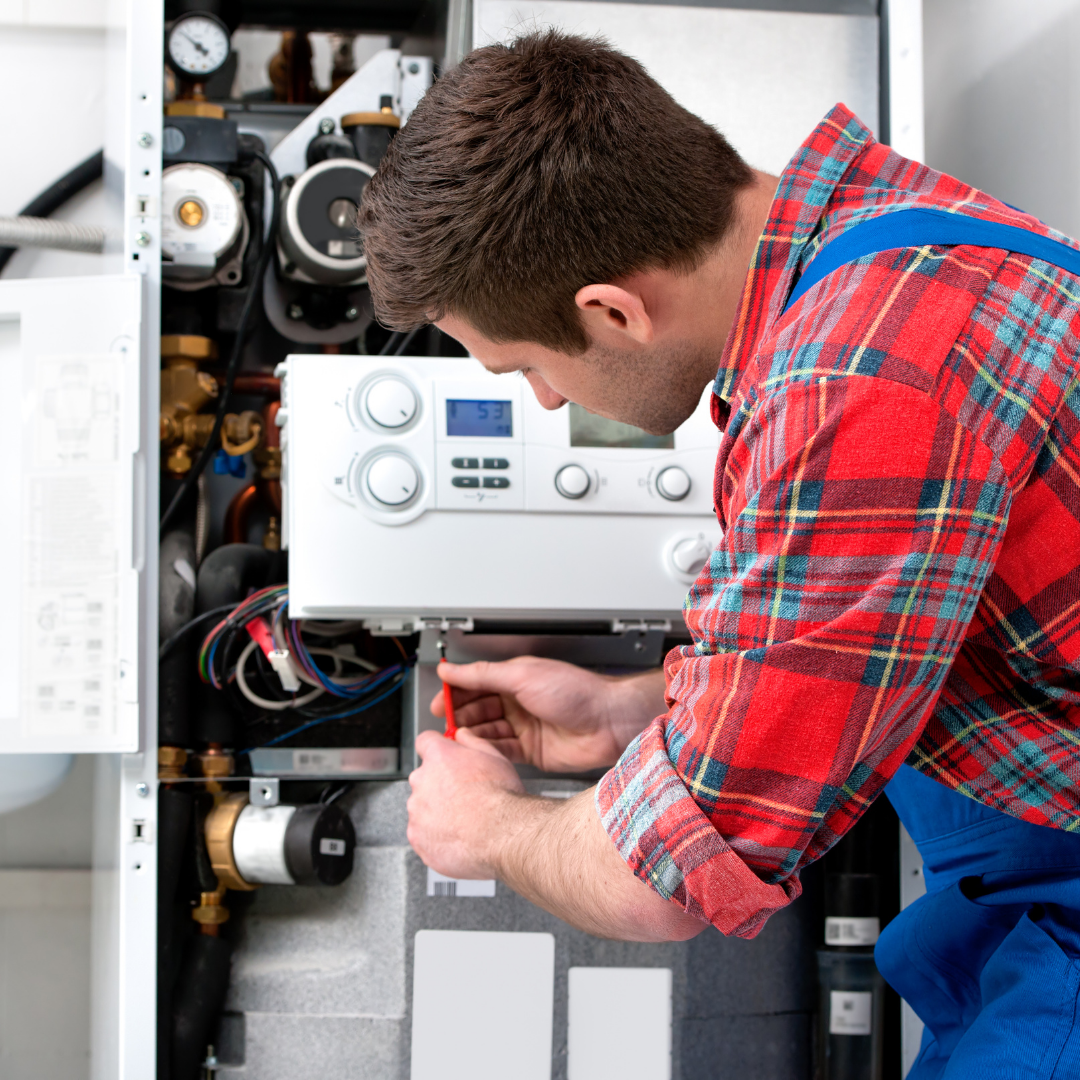6 Regular Maintenance Tips to Keep Your Boiler Running Smoothly
Boilers are closed vessels used in many residential homes to provide hot water or generate steam for domestic use. The water vapor exits the boiler via pipes to the steam radiators and is used in the sanitization, power generation, cooking, and showering processes. Overlooking your boiler maintenance too long might put your family at greater risk and increase your utility bills. Keep reading to learn some essential maintenance tips to keep your boiler running smoothly.
Keep tabs on the boiler pressure
When your boiler is set at the proper pressure, it can effectively circulate hot water through the various pipes in your home. Ensure the value indicated on the pressure valve corresponds with the instructions in the manufacturer’s manual. The ideal boiler pressure should be between 1 and 2 bar.
Service your boiler every year
It would be best to service your boiler at least once a year to minimize breakdowns and save on utility bills. Regular servicing also makes sure you are under the protection of your manufacturer. That is why it is important to have an annual boiler service to be sure that your boiler is doing good. You could reach out to a local engineer to conduct the servicing or inquire whether the manufacturers could send their staff over to service your boiler.
Release air by bleeding the radiators
Pockets of air trapped within your radiator cause you to experience cold patches. Bleed your radiators by inserting a radiator key and turning it anticlockwise until you hear a hissing sound. Retighten the key after the hissing sound stops and turn your boiler back on. If you cannot bleed your radiators yourself, you could reach out to a local heating engineer to help you with your predicament. For example, if you are in Scotland, you could reach out to boiler repair Inverness to take a look at your radiators.
Place your boiler in a well-ventilated area
You should install your boiler in a room with as few obstructions as possible. It is also possible to house your boiler in a cupboard, provided the gap between the boiler and the obstruction wall is at least 700. Avoid cluttering the boiler by hanging clothes over the vents.
Seal any holes in the external pipe
The external pipe, otherwise known as the overflow pipe, is responsible for releasing water if the pressure in the system rises too high. If this pipe gets punctured and begins dripping water, it might indicate that your boiler is not functioning efficiently. Contact your local engineer to fix the release pressure valve if you notice any dripping in the external pipe.
Inspect your radiator for problem
Sometimes, your radiator might feel cold at the bottom and hot at the top. This temperature difference is due to dirt and debris which settles at the bottom of the radiator, causing a spike in your utility bills. It would be best to contact an engineer to perform a power flush or replace the valve.
Final remarks
It would be best if you never tried to fix your boiler by yourself. Instead, ensure you get in touch with a registered heating engineer near you to fix your boiler and get it working efficiently. It would also be best to lag your pipes before the onset of winter.



